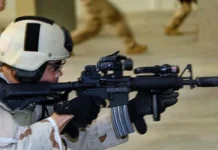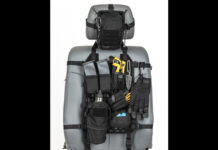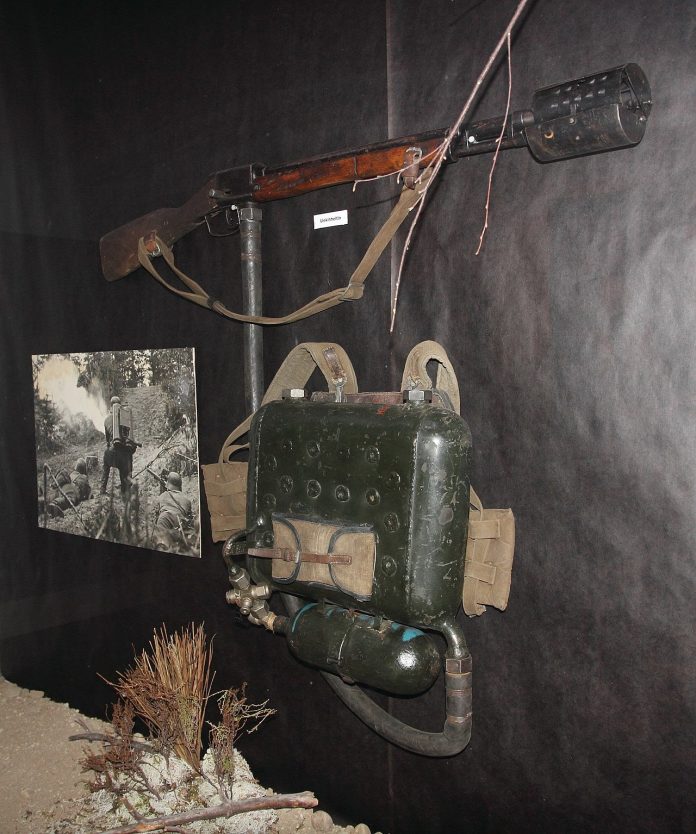
World War 1 established the modern flamethrower, and the German’s use of this device told modern armies they’d need one for the foreseeable future. If you sit and think about a flamethrower, you realize it’s a special kind of crazy, a sure sign that society failed by inventing such a way to kill another person. Flamethrowers proved to be very tactically capable tools and could flush out troops in pillboxes, bunkers, and caves. The Russians wisely adopted their own series of flamethrowers with the ROKS-2 and ROKS-3.
The ROKS-2 – Flamethrower in Disguise
The ROKS-2 is of particular interest to me. The Russians designed the ROKS-2 specifically to disguise the fact that it was a flamethrower. The flame projector was designed and built to look like a Mosin Nagant rifle. The weapon features a wood stock and rifle-like appearance and even the Mosin stock. Up close, it is easy to see that it’s not a Mosin, but at distances as far as 50 to 100 yards, it’s likely tough to tell what you are looking at.
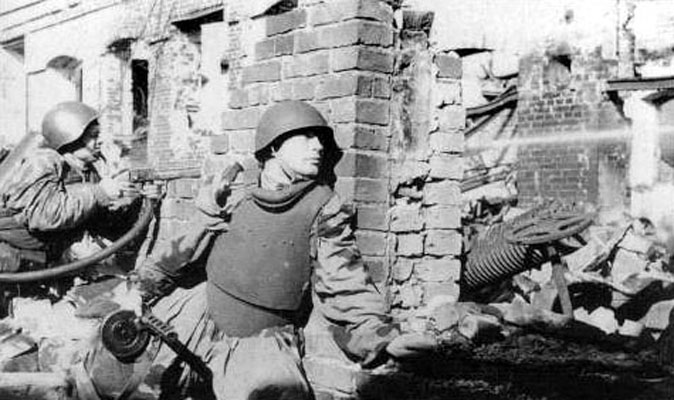
The tanks also were designed to resemble the Russian backpack of the era. They used sheet metal to encase the tanks to make the pack appear flat and like a backpack of Soviet design rather than a tank fuel of flammable hatred. A false pouch was even added to the pack to give it that backpack look and feel. If you look at packs from the era, it certainly resembles the design.
The ROKS-2 weighed 55 pounds and carried 9 liters of fuel. The wielder could shoot flames about 35 meters toward Nazi scum but had only six to eight seconds of burn time. Nitrogen propelled the fuel, and a pyrotechnic cartridge ignited the fuel. The ROKS-2 granted the common Soviet soldier an anti-bunker weapon that was incredibly capable in urban combat. No one wants to be immolated or asphyxiated by the dragon’s breath worth fo fire the ROKS-2 generated.
Why the Dress Up
Flamethrowers were very valuable weapons. They were an infantryman’s tool that could clear out pill boxes and bunkers, caves, and destroy improvised bunkers. They were more effective at clearing these emplacements than machine guns and even rocket launchers and grenades. Flamethrowers not only killed the troops in these bunkers but would often completely destroy them.
The flame burned at over 1,200 degrees Celsius and could destabilize concrete and brickwork. It would fry electrical and communications wires and destroy weapons and ordnance stored in a bunker position. After the flame went throw, the position was basically dead, and even if it was retaken, it offered cover at the most. It tactically cut off the defensive position. This is why flamethrowers like the ROKS-2 were so valuable. They were force multipliers.
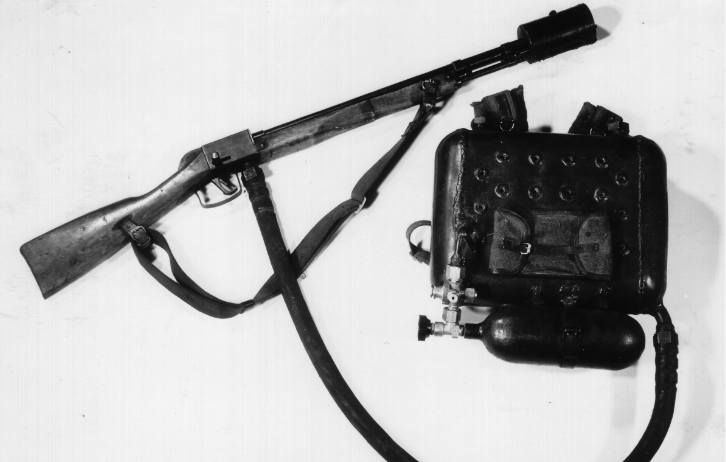
An infantry unit armed with ROKS-2 flamethrowers didn’t just kill the enemy and move on. They salted the earth behind them in a tactical sense. This often made the flamethrower man a very big target. If you were a grunt in a bunker and had to pick a target, the guy who is looking to fry you alive looks like a good target to hit.
The ROKS-2 disguised itself to keep the flamethrower man alive longer and to get the man to the threat without being the biggest target on the battlefield. The ROKS-2 made a big showing at the battle of Kursk, which was a brutal engagement with German troops and armor.
The end of the ROKS-2
The Russians eventually ditched the ROKS-2. Not because it was ineffective but because disguising it was expensive and difficult. To reduce cost and increase production, the ROKS-3 was developed. It’s essentially a ROKS-2 lacking the disguise. The ROKS-2 flamethrowers that were in service continued to be in service. Overall they had an effective flamethrower and an effective disguise tactic that ensured the flamethrower man remained alive long enough to prove society’s failure.


